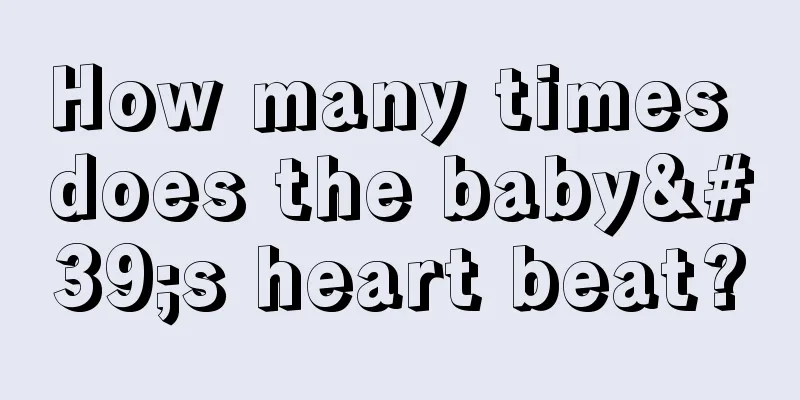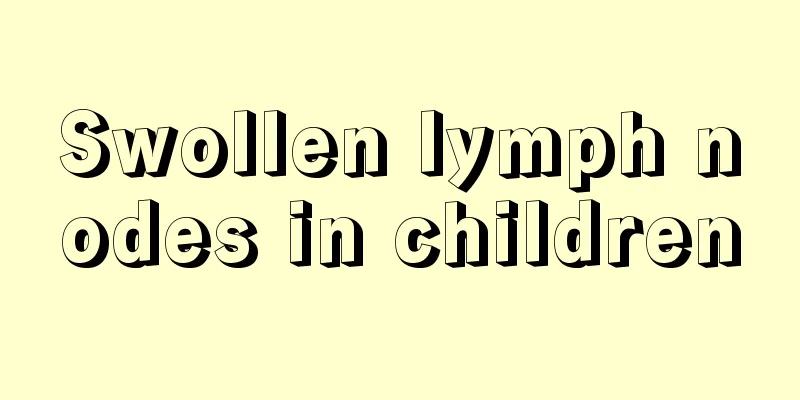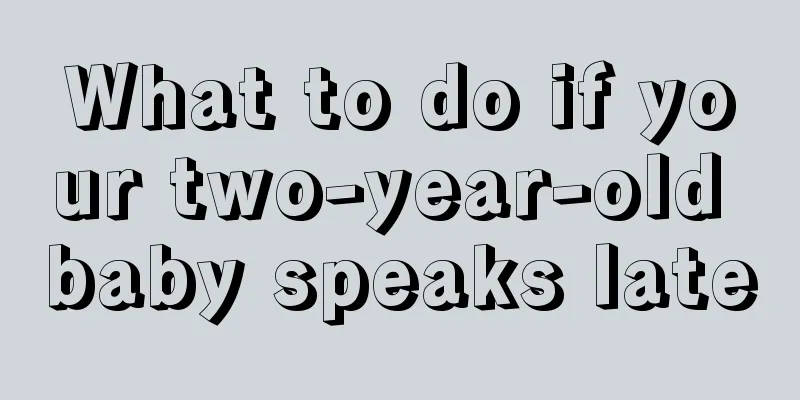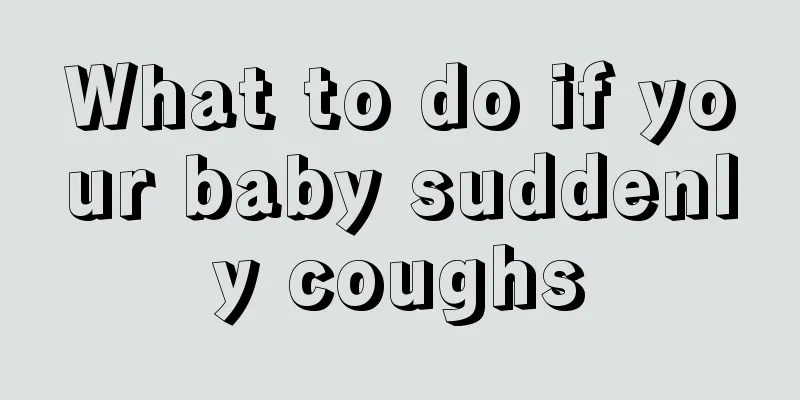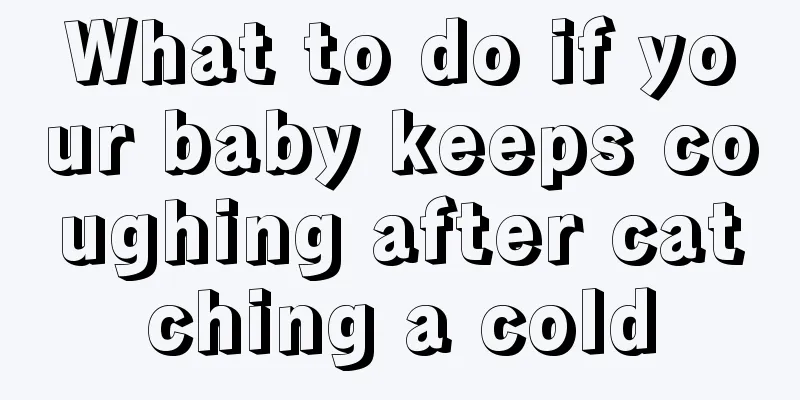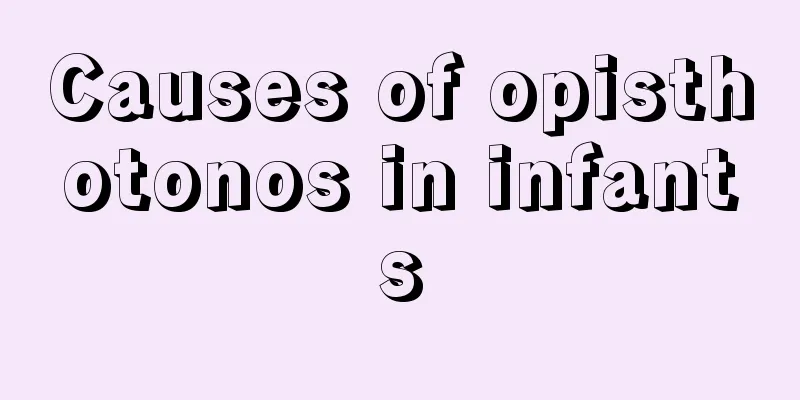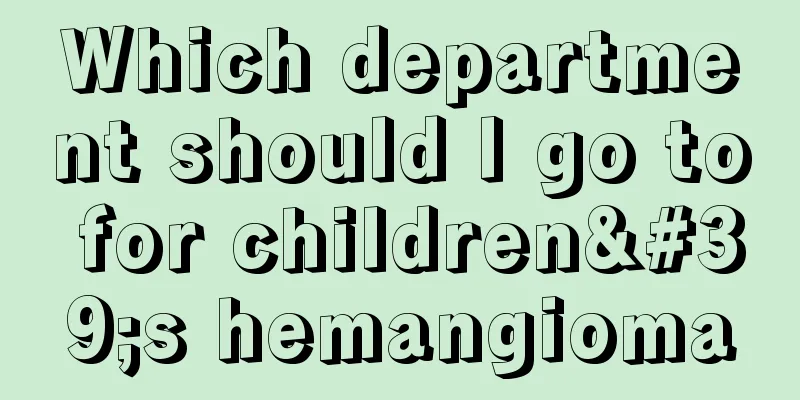Five steps to treat burns in children
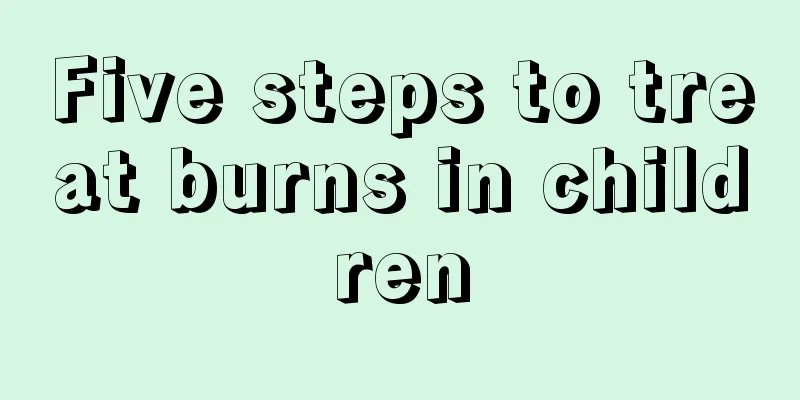
|
Pediatric burns are relatively common, usually occurring when children are 1 to 4 years old. The severity of the burn is mainly related to the temperature of the heat source and the duration of contact. Given the delicate skin of children, people must understand the correct steps when dealing with pediatric burns. Here are the five major steps required to treat pediatric burns. 1. "Flushing" means immediately removing yourself from the heat source after a burn or scald, and flushing the injured area with running cold water to lower the temperature of the injured area and reduce the aggravation of tissue damage caused by further penetration of high temperature. 2. "Taking off" is something that many people tend to overlook. If you are scalded by boiling water, the water temperature on your clothes is still relatively high. If you do not take off your clothes, it is equivalent to not being away from the heat source, and the injury will still be aggravated. Therefore, flushing and taking off at the same time is the correct way to deal with it. 3. "Soak" means continuing to soak the wound in cold water after taking off clothes. Soaking in cold water can continuously reduce body temperature and avoid blistering or worsening of the condition. If small blisters appear, be careful not to break them and have them treated by a doctor. 4. "Wrap" means to wrap the injured surface. The injured surface must be wrapped before sending to the hospital. For example, you can wrap it with a clean towel. Do not apply "ointment" indiscriminately. 5. The last word “send” means to send to a doctor for treatment and seek medical help. Although the temperature of warm packs and hot water bottles is not high, they can easily cause low-grade burns. Low-grade heat burns refer to burns caused by prolonged local action at a temperature of around 50 to 60 degrees Celsius, with the heat slowly penetrating into soft tissue. The burns may not seem serious on the surface, but in fact they are often deep, causing deep tissue necrosis, some of which can reach as deep as the bone. Low-grade fever burns are difficult to heal through local dressing changes, and most patients require surgery to be cured. |
<<: How to correct children's hunchbacks? Parents need to pay attention
>>: I didn't expect so many changes after my baby went to kindergarten.
Recommend
What is the best way to treat anxiety disorders in children?
Nowadays, many children develop a series of sympt...
At what age can a baby learn to walk? New moms must know!
Some young people who have just become parents ar...
Black marks on baby's face
I believe everyone thinks that their baby is an a...
Is it okay for a boy to have two whorls on his head?
It is usually neither good nor bad for a boy to h...
Is the baby's head shape natural or caused by sleep?
Many people may have the impression that babies l...
What is the reason for the swollen eyes of a 2-month-old baby?
I believe everyone knows the importance of eyes t...
What are the dietary treatments for cold cough in children?
Children's bodies are relatively weak, so the...
What to do if the ductus arteriosus is patent in infants and young children
There are many diseases that children will develo...
What to do if a child gets angry after drinking milk powder
Generally speaking, babies who drink milk powder ...
Why does the baby cry when exposed to the wind?
The baby is the center and focus of every family....
Baby gets eczema when it gets hot
Eczema is a common disease among infants and youn...
How to protect children's teeth
In our daily life, we always see many children wi...
Why do sweaty palms occur?
I don’t know if you have ever had this experience...
What to do if a 6-year-old child has a fever and convulsions
The weather changes drastically with the change o...
What should I do if my child is vomiting, having diarrhea and having a fever?
In daily life, we often encounter people with fev...

